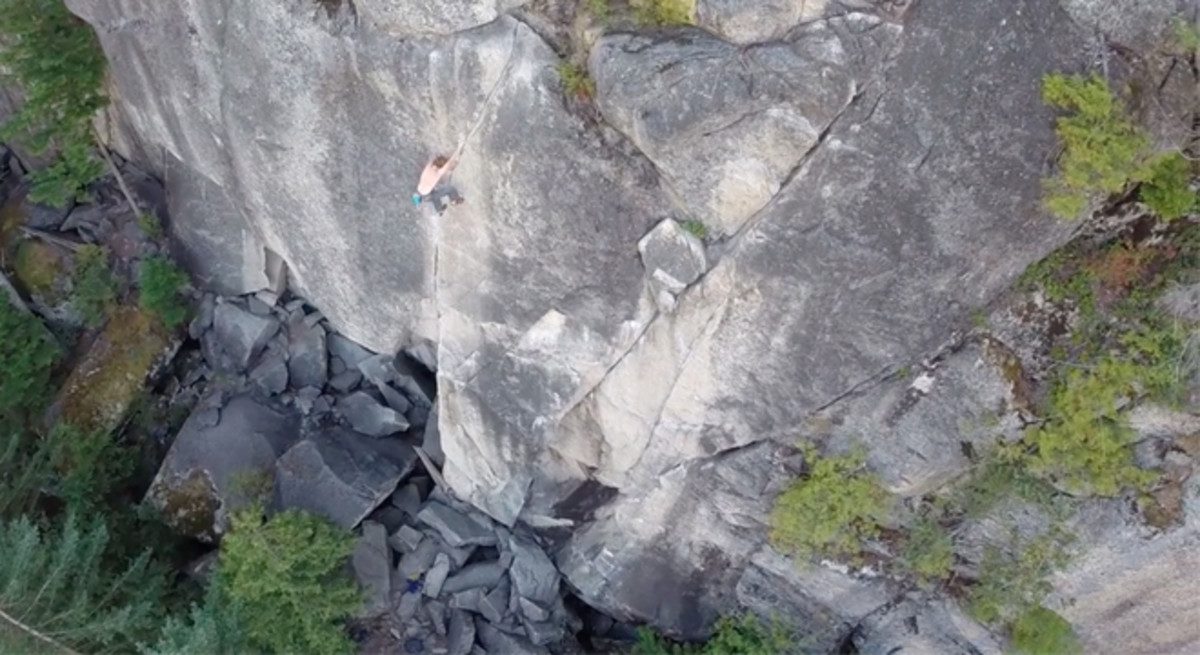Free Soloing is Not Scrambling and Scrambling is Not Free Soloing
Free soloing has been referred to as scrambling and 3rd classing for many years by top climbers

Technical rock climbs and scrambles in Canada are measured on the same scale, the Yosemite decimal system (3rd class, 4th class, fifth class (5.5-5.15), but they’re not the same thing. Over the past few years, I’ve heard more and more rock climbers describe free soloing as scrambling.
Mark Synnott, arguably one of the best all-round climbers in the U.S.A. and a well-known writer, wrote about Alex Honnold’s free solo of El Cap back in 2017. In the opening line, he said, “His stunning scramble up the 3,000-foot granite wall known as El Capitan, in less than four hours, came after meticulous planning and training.” The film isn’t called Scramble, it’s called Free Solo.
I believe downplaying free soloing to scrambling has trickled down from the world of pro climbers, who regularly free solo routes that are easy to moderate for them. For 20 years, I’ve heard top climbers say things like “gonna run a hot lap of Ultimate Everything” or “heading out to scramble up the Squamish Buttress” or “time for a solo circuit in the Smoke Bluffs.” As far back as the 1980s, Peter Croft would describe free soloing as “3rd classing.”
Over the years, many climbers have free soloed big routes in Canada, from long climbs in the Bugaboos to parts of the Grand Wall to long alpine lines in the Canadian Rockies. Even out east, climbers have dropped the rope to free solo classic hard routes at short crags.
And as much as I’ve heard free soloists referring to a climb as a scramble, I’ve also heard many scramblers refer to their scrambles (graded mostly 3rd and 4th class) as free solos. It’s dangerous to confuse the two because they’re not the same.
Many scrambles in Canada were first done over 100 years ago by people without ropes. Over the years, some scramblers have started to bring ropes for short cruxes that might be graded 5.4 or 5.5, but just because you didn’t bring a rope that doesn’t mean that you free soloed the scramble.
Long story short, it’s dangerous to dismiss the severity of a free solo by suggesting it’s a scramble. Yes, scrambling sometimes requires your hands but 99 per cent of scrambles are intended to be done without a rope. A fall or stumble will leave you, hopefully, with nothing more than some bruises and a hurt ego.
Whereas free soloing takes place on technical rock climbs that require ropes and gear to be done safely. A fall will most likely result in death. Tragically, a number of free soloists have already died this year.
Free soloing is not scrambling and scrambling is not free soloing. Promoting either as such could lead to less experienced and impressionable climbers getting the wrong idea of how severe or not sever something is.
When in doubt about the technical difficulty of a route or pitch, then rope up. Below is an example of a classic short scrambling section on Mount Baldy in the Canadian Rockies.
Like all aspects of climbing, the minutiae of what constitutes a free solo versus a scramble can be discussed in great detail. But, I think most climbers who’ve been around long enough will agree with me that free soloing anything more difficult than 5.5-5.7 and taller than 10 metres (more/less the height of a highball boulder) is not scrambling.


